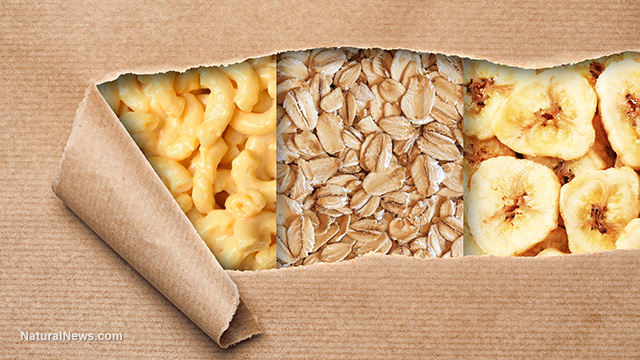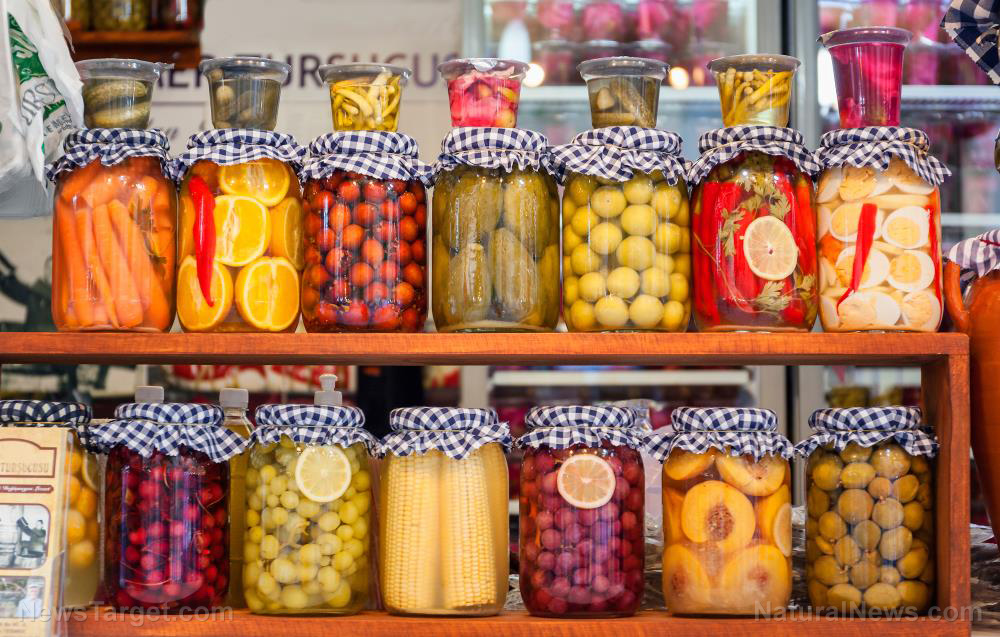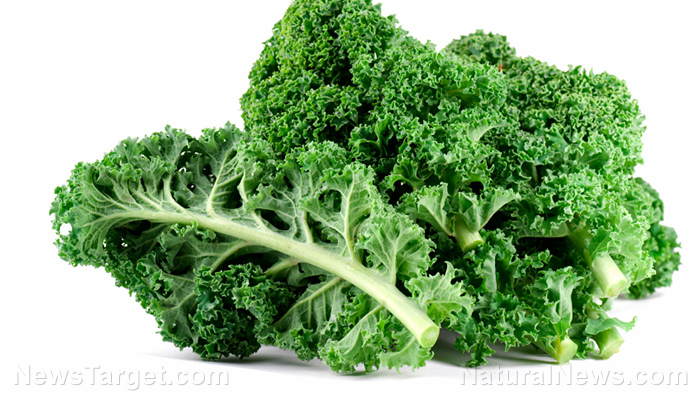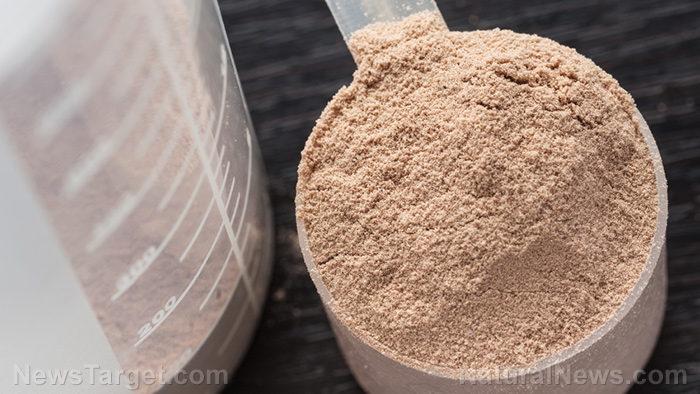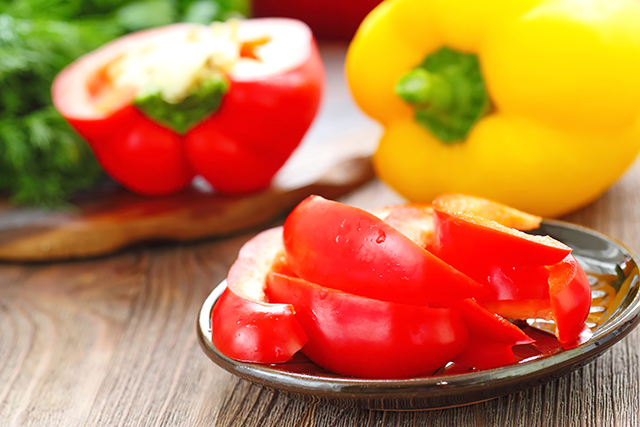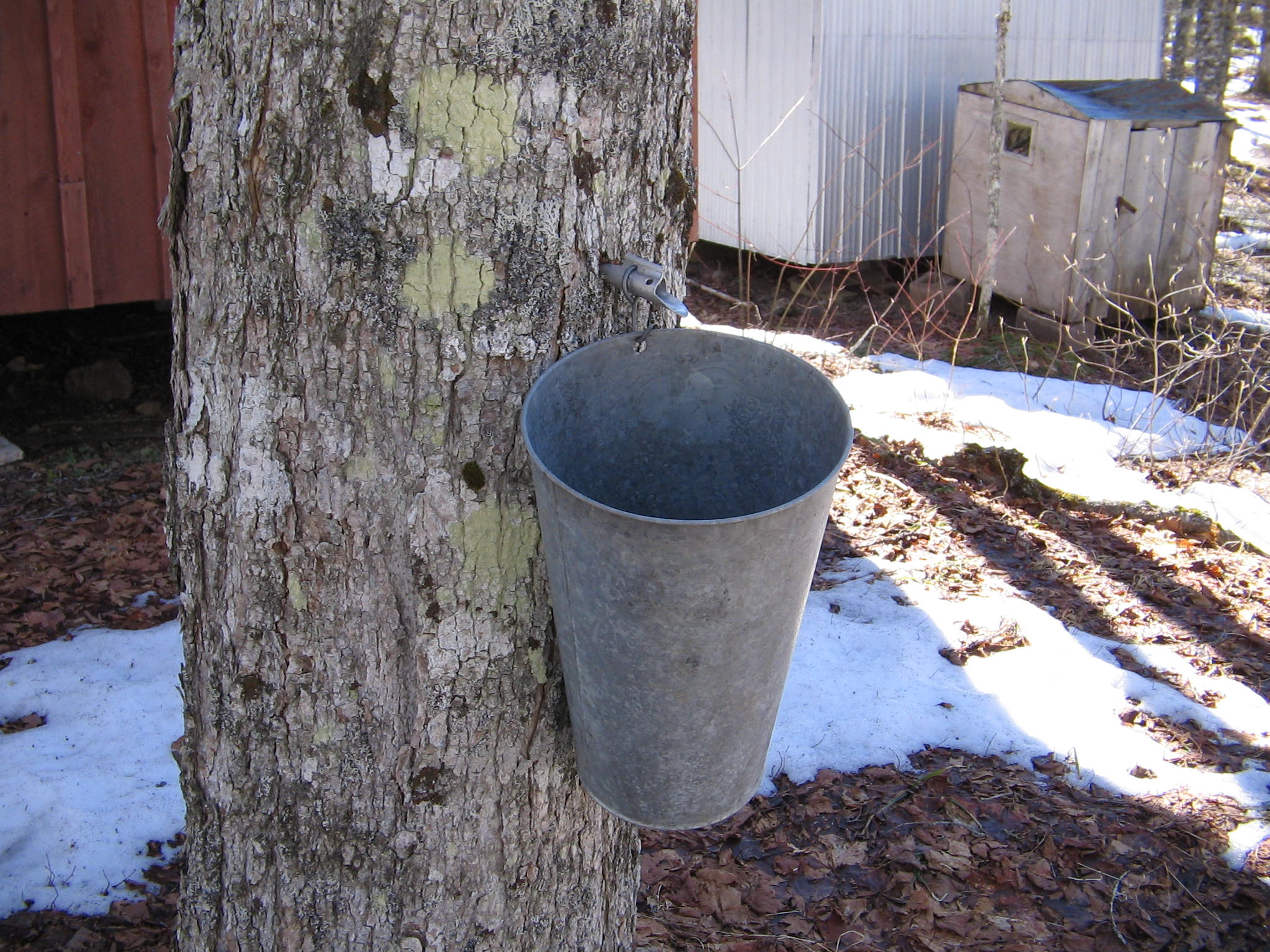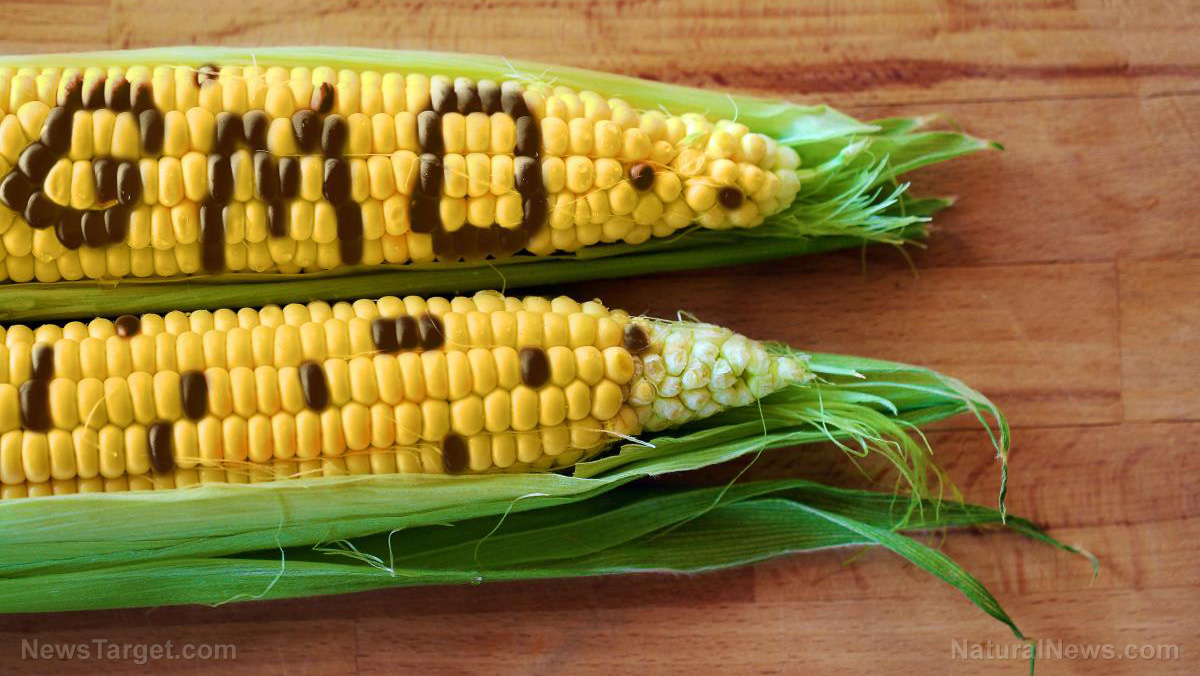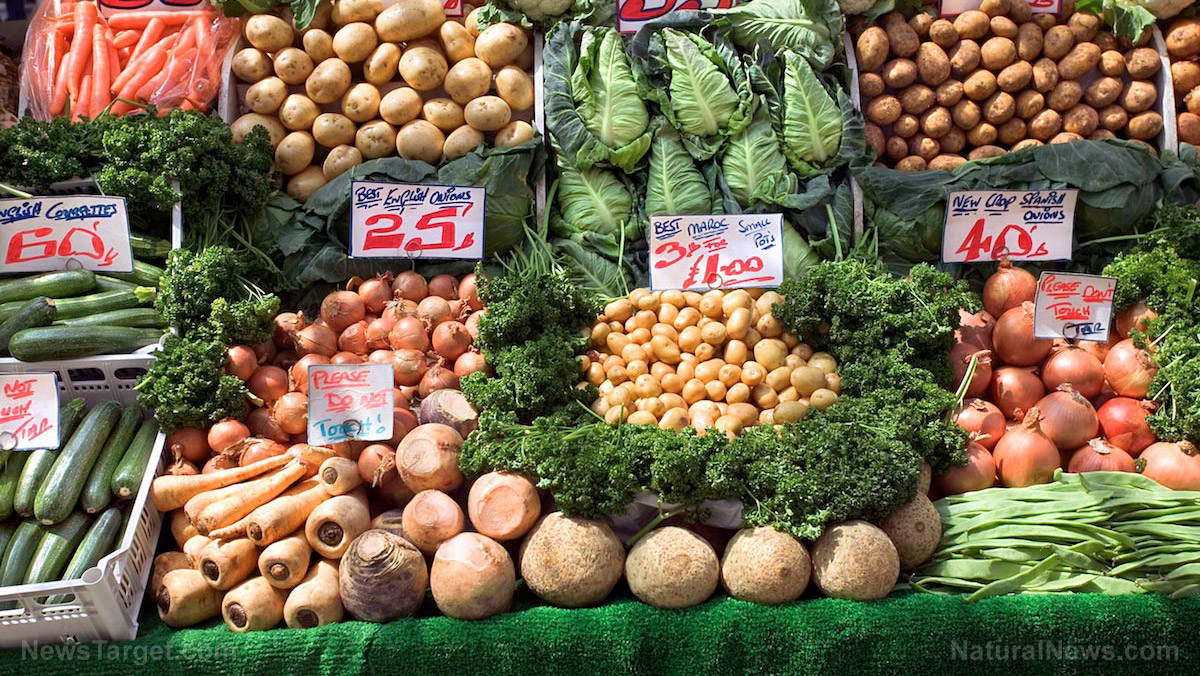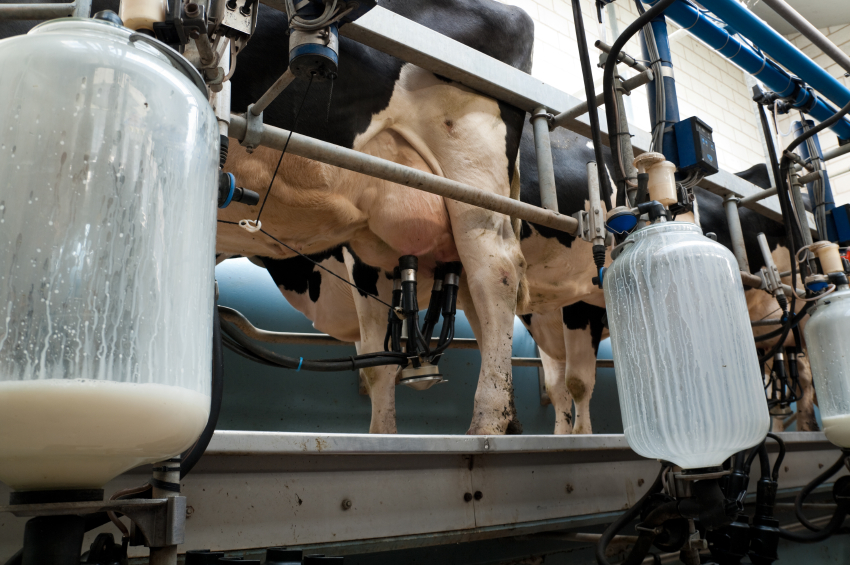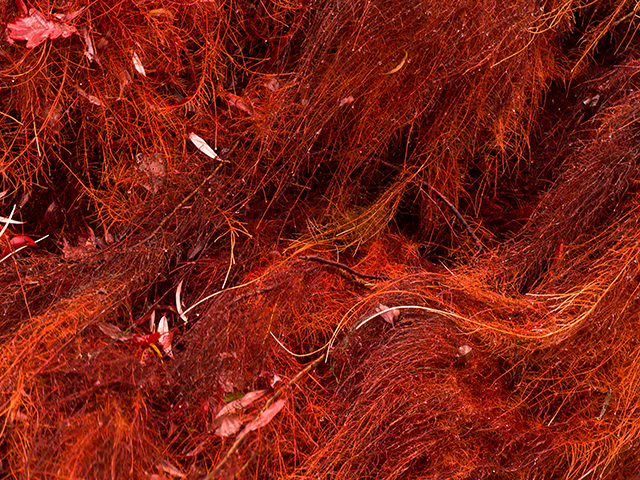Natural soil amendments: Wood ash and crushed rock effectively increase nitrogen bioavailability in soil, acting as a non-chemical fertilizer
02/24/2019 / By Jhoanna Robinson

In a recent experiment, scientists analyzed whether adding wood ash or crushed rock to a low-fertility soil, as compared with an unamended control, will result in a fertilizer effect. The results showed that the wood ash created the highest accumulated clover biomass over two cuts, followed by the crushed rock.
The circular economy concept focuses on renewable energy and reuse and natural resources upgrading, which includes recycling of plant nutrients that some industrial byproducts and wastes have, to replace or to be added to mineral fertilizers.
These nutrient sources should give suitable concentrations of plant-available nutrients and minimize or altogether eliminate the use of toxic elements or compounds to soils. In this regard, wood ash is very beneficial, as not only does it contain high concentrations of nutrients, but it is also a liming agent, which is a substance that is used to correct acid conditions in the soil.
The application of wood ash may boost yields of a range of crops, due to the increased availability of such nutrients such as calcium, potassium, magnesium, and phosphorus, in the soil. Potassium is known for regulating plants’ water balance and plays a role in transporting food within the plant and manufacturing sugars and starches.
Crushed rock, on the other hand, is a quarry byproduct, and is sometimes sold as a soil amendment. Its effects on crop yield vary between a decrease due to dilution of plant-available nutrient concentrations in soils to even an increase. Some of the positive results include strongly weathered soils in the tropics and subtropics characterized by low cation exchange capacity (CEC) and thus low nutrient retention capacity.
How the study was conducted
The studied soil was obtained from highly siliceous materials, which are representative of common grassland soils in northern Europe. It was taken from a site with postglacial slit loam (69 percent slit, four percent clay, twenty-27 percent sand, 2.2 percent organic C, pH 4.8, base saturation 48 percent) that came from mainly granitic and sandstone bedrock and hosting semi-natural grassland vegetation used for grazing.
Its minerals are predominantly plagioclase (19 percent), quartz (53 percent), and K-feldspar (17 percent), with smaller contributions of amphibole (two percent), dioctahedral (four percent), trioctahedral phyllosilicates (three percent) and iron oxides (one percent).
All soil samples were homogenized, and the mixture of red clover and perennial ryegrass was sown on July 27, 2009. The seedlings were divided into 10 plants of each species per pot after two weeks of being planted. Pots were also filled with pure ryegrass to serve as reference plants to estimate nitrogen fixation.
The pots were placed in a fenced outdoor area and nourished with deionized water to add to precipitation during the growing season, while occasional drainage was collected during the growing season in saucers for recycling as part of the next irrigation.
Pots were left to freeze at zero degrees Celsius and returned to the outdoor area in April. They were harvested in two batches, on June 15 and July 20, when the clover was at budding to an early flowering stage, and the grass was at earing stage.
The study concluded that adding wood ash to a nutrient-poor soil increased nitrogen fixation and clover growth and also boosted the clover proportion in a mixed grass-clover crop, lending credence to the theory that wood ash can act as a non-chemical fertilizer, as it is high in nutrients but low in pollutants. (Related: Organic farming found to eliminate plant parasites longer than conventional chemical pesticides.)
However, the study took note that further research and experiments should be conducted to confirm these findings fully. The effects of crushed rock, however, were small.
Sources include:
Journal.fi [PDF]
Tagged Under: agriculture, crushed rock, farming, fertile soils, food production, food supply, gardening, green living, harvest, nitrogen fixation, non-chemical fertilizer, organic farming, Organic Fertilizer, soil amendment, soil health, soil nutrient, sustainable farming, wood ash

